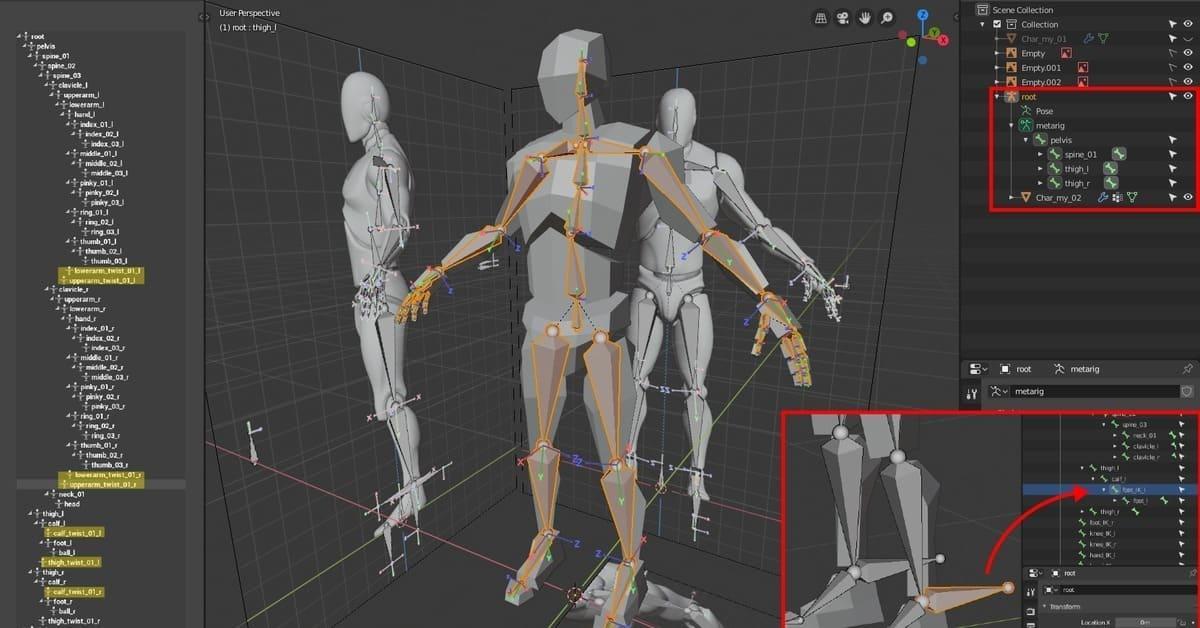
Your Central Workspace for 3D Design & Team Reviews
Transforming 3D Design Collaboration with CoCreate Cloud
In the dynamic realm of 3D design and product development, teams frequently encounter significant hurdles that impede efficiency and innovation. Our clients, ranging from architectural firms to industrial design studios, were grappling with a fragmented ecosystem of tools. Designers were spending invaluable time managing disparate file versions, navigating complex sharing protocols, and sifting through asynchronous feedback channels. This disjointed approach often led to misinterpretations, extensive rework, and delayed project timelines, directly impacting their capacity to deliver cutting-edge designs with agility. The challenge was clear: to create a unified, intuitive, and secure environment that would centralize all aspects of 3D design collaboration and review, thereby empowering creative teams to focus on what they do best – design.
Our Strategic Approach and Core Strengths
- Deep Industry Insight: Our team possessed a profound understanding of the intricacies of 3D design workflows, including the specific technical requirements for various file formats and the nuanced needs of design review processes. This foundational knowledge allowed us to anticipate user pain points and engineer solutions that genuinely resonated with their daily challenges.
- Extensive Platform Development Expertise: Leveraging years of experience in building scalable, secure cloud-based applications, we applied best practices in system architecture, data integrity, and user experience design. Our proven track record in delivering robust digital solutions was instrumental in conceptualizing a platform capable of handling the demanding requirements of high-fidelity 3D data.
- Agile and Client-Centric Methodology: Our structured work methodology emphasized iterative development and continuous feedback. We engaged closely with pilot users from the outset, ensuring that every feature and design decision was validated against real-world use cases. This collaborative approach allowed us to adapt quickly to evolving requirements and deliver a solution that was not only functional but also exceptionally user-friendly.
The Journey of Realization: Building a Unified Workspace
The development of this central workspace was a meticulously planned, multi-phase endeavor. We began with an intensive discovery phase, conducting in-depth interviews and workshops with designers, engineers, and project managers to precisely map out their existing workflows and identify critical pain points. This informed the creation of detailed user stories and a comprehensive feature roadmap, prioritizing functionalities that would yield the greatest immediate impact on collaboration and efficiency. A key decision at this stage was to prioritize native browser-based 3D model viewing, eliminating the need for specialized software installations and ensuring accessibility for all team members, regardless of their technical setup.
Following the discovery, our design team embarked on a series of rapid prototyping and UI/UX sprints. We focused on crafting an interface that was clean, intuitive, and minimized cognitive load, allowing users to navigate complex 3D models and collaboration tools with ease. Early mockups and interactive prototypes were shared with stakeholders for iterative feedback, ensuring that the user experience was polished and highly functional before significant development resources were committed.
The engineering phase involved building a robust, scalable cloud infrastructure capable of securely storing and rendering massive 3D datasets. We implemented advanced version control systems, ensuring that every design iteration was meticulously tracked and easily accessible. Real-time annotation and commenting tools were integrated, allowing team members to provide precise, contextual feedback directly on 3D models. Security was paramount; we employed industry-leading encryption protocols and access controls to safeguard sensitive intellectual property. Throughout this phase, our agile development cycles allowed us to regularly release new features and improvements, incorporating user feedback from our pilot programs and refining the platform in real-time. Rigorous testing, including unit, integration, and user acceptance testing, was conducted at every stage to ensure stability, performance, and reliability.
Tangible Outcomes and Business Impact
- Accelerated Design Cycles: By centralizing all design assets and feedback, teams experienced a remarkable reduction in design iteration times, often by more than 30%. This allowed for quicker progression from concept to final product, significantly enhancing time-to-market for our clients.
- Enhanced Collaboration and Clarity: The integrated review tools, including precise 3D annotations and real-time discussions, dramatically improved the clarity and effectiveness of feedback. This led to a substantial decrease in miscommunications and reworks, fostering a more cohesive and productive team environment.
- Optimized Resource Utilization: With streamlined workflows and reduced manual overhead for file management and version tracking, our clients observed a notable improvement in resource allocation. Designers and engineers could dedicate more time to creative problem-solving and less to administrative tasks, leading to higher overall operational efficiency.
This project has not only delivered a powerful, indispensable tool for 3D design teams but has also opened up exciting new avenues for CoCreate Cloud. It has solidified our position as a forward-thinking innovator in collaborative cloud solutions, demonstrating our capability to tackle complex industry-specific challenges with sophisticated technological answers. The lessons learned in scaling 3D model rendering and ensuring robust real-time collaboration have profoundly enriched our internal expertise and refined our development methodologies. This platform serves as a foundation for future enhancements, including advanced analytics for design review processes and deeper integrations with other design tools, further extending its long-term value and ensuring that our clients remain at the forefront of design innovation.
- Unified Shapr3D Collaboration: Streamlining Design to Approval
- Accelerate Visual Feedback for Your 3D Models
- Effortless Version Management & Project Alignment
- Connecting Design Teams & Tools for Faster Innovation
- From Idea to Final Render: A Seamless Team Journey
- Your Central Workspace for 3D Design & Team Reviews